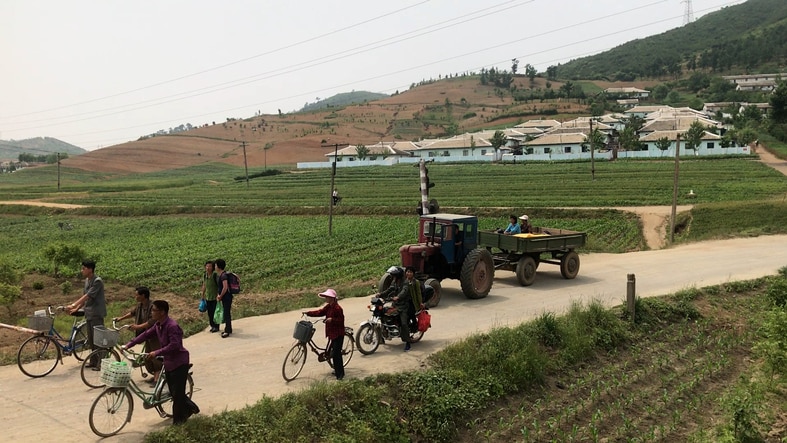Earlier this week, Pyongyang launched two short-range ballistic missiles (SRBMs) from its airport. This comes just days after two missiles were test-launched from railway cars, totalling four tests in less than two weeks. Last year, it took North Korea ten months to reach this number.
The repeated missile tests are indicate North Korea’s desire to win concessions from the Biden administration. Prior to last week’s SRBM tests, the North Korean foreign agency released a statement criticising America’s policy of “isolating and stifling” North Korea.
Nuclear talks between the two nations have stalled since Trump walked away from negotiations in 2019. Later that year Kim Jong Un vowed to upgrade the North Korean missile arsenal, promising to build weapons intended to penetrate enemy missile defences and improve the country’s second strike capability.
It’s for this reason that some experts say January’s tests should not be taken as a dire threat. Lee Ho-ryung, a researcher at the Korea Institute for Defense Analyses, believes “they are in fact testing weapons according to an existing plan…North Korea has used the time since the breakdown of the 2019 Hanoi summit to develop these weapons.”
Still, the back-to-back launches likely indicate a return to the brinkmanship Kim and Trump engaged in in 2017. North Korea may feel it needs to stage more provocative tests to get concessions from the Biden administration. The US government has agreed to ‘open-ended’ talks, but not to easing sanctions against Pyongyang without clear North Korean action towards denuclearisation.
Experts like Nam Sung-wook of Korea University say a nuclear test is more likely than an ICBM one as the next step up: “in Pyongyang’s mind, there is no other way to grab Washington’s attention than a major provocation.” Nam believes Pyongyang will time such a test to maximum political effect, coinciding with upcoming South Korean presidential elections or US midterms.
The fast pace of recent launches could indicate Pyongyang’s desire to make progress with the US as soon as possible. Strict border closures have plunged North Korea into an acute food shortage and economic disaster. South Korean estimates suggest North Korean trade with China shrank by 80% in 2020, then plunged again by two thirds in 2021.
North Korea shut all its borders in January of 2020, originally planning to reopen trade with China in 2025. Pyongyang sent word out that citizens would need to ‘tighten their belts’ until 2025, to which North Koreans reacted with frustration and despair.

One North Korean source told Radio Free Asia, “Some of the residents are saying that the situation right now is so serious they don’t know if they can even survive the coming winter. They say that telling us to endure hardship until 2025 is the same as telling us to starve to death”. Another reported local criticism of the Kim administration over the announcement.
Railroad freight traffic between China and North Korea was recently resumed ahead of schedule, indicating the hardship of withstanding border closures. Given this reliance on Chinese trade, it’s likely that even if rapid tests continue in the coming weeks, North Korea will quieten down in the lead-up to the Beijing Winter Olympics.
Follow Maddie’s journalism journey on Twitter.
Sign Up To Our Free Newsletter